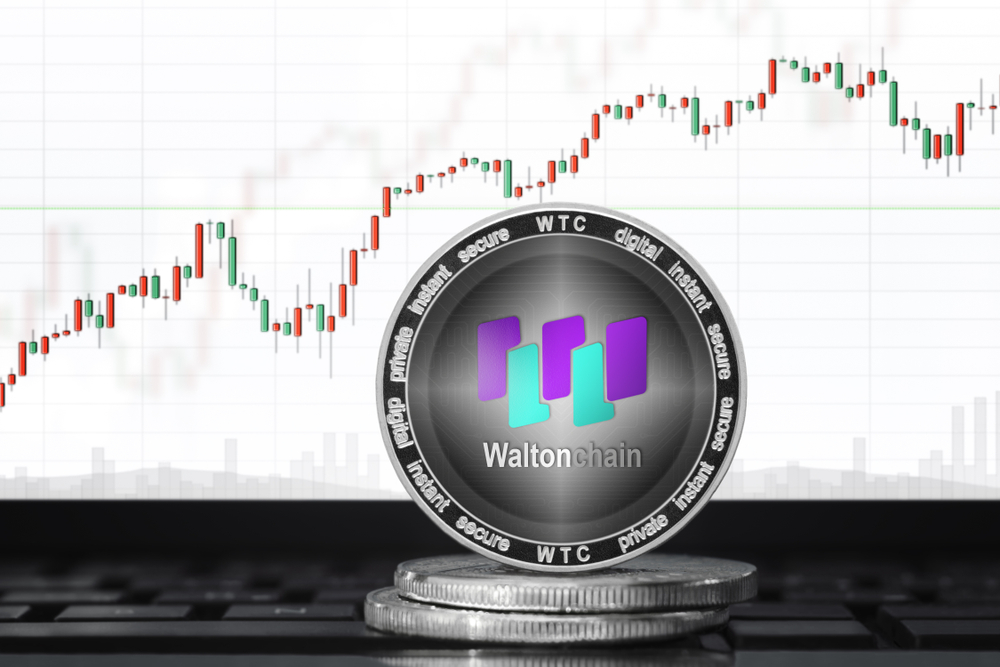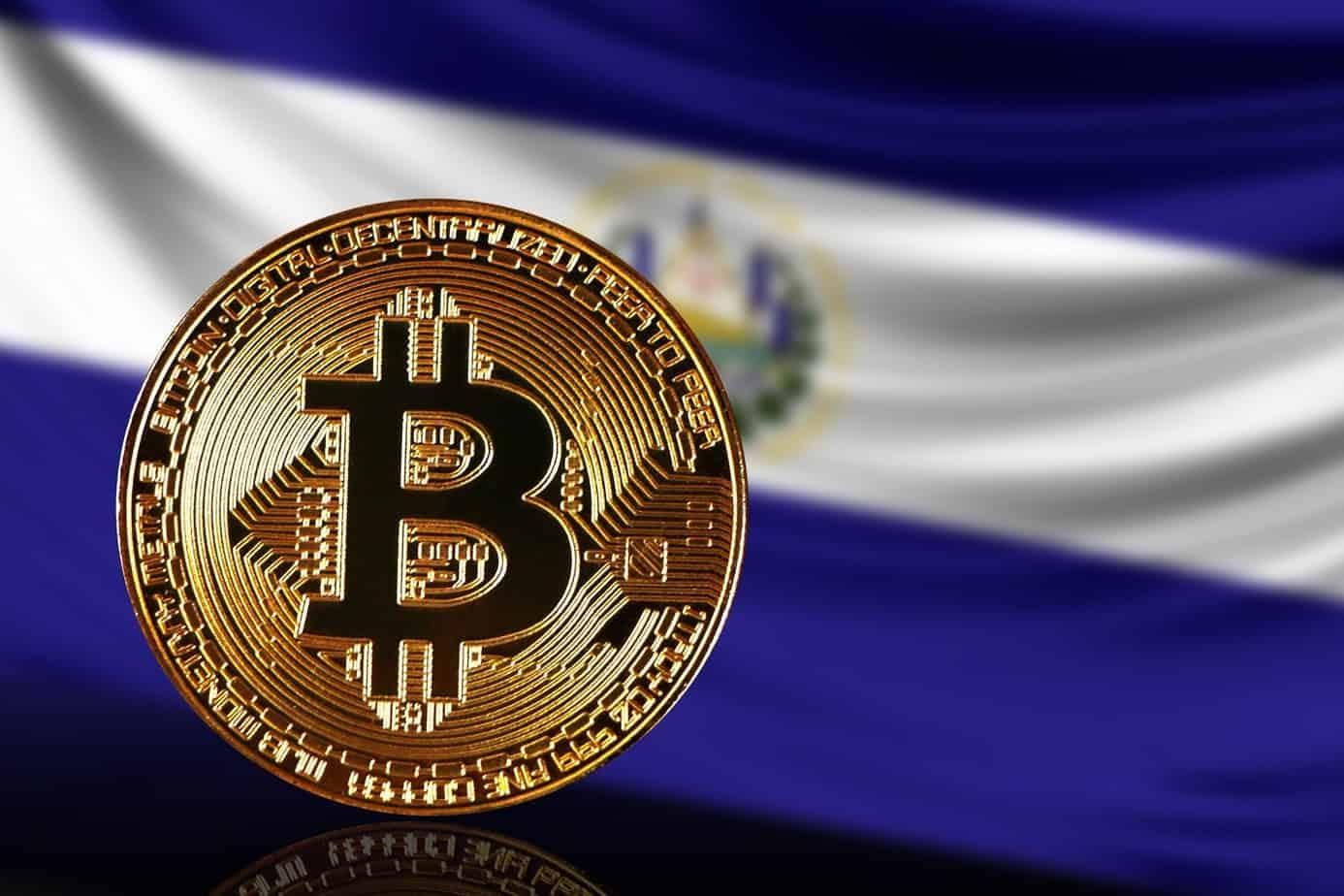2018-11-2 05:18 |
All crypto projects these days have whitepapers and roadmaps. Most people though, don’t know that the need for that started with bitcoin.
Bitcoin’s whitepaper is to date the most comprehensive whitepaper in the crypto industry as well as considered one of the most authentic and significant document in the history of computer science. That was the springboard from which a multibillion dollar industry was launched.
As groundbreaking as the paper is, there are some things it did great, others it didn’t do so well at, and lastly, those that are so confusing/complex that we don’t know what to make of them.
The Things it Did GreatOne of the easiest ways to tell just how successful an invention is, is by trying to remember what life was like before it, and being unable to do so. Some good examples of this include the computer, emails, mobile phones and automobiles.
Bitcoin’s whitepaper success was so complete that the results became such indelible parts of our lives. This is why it might be somewhat difficult to clearly outline what it did great. Bitcoin’s contribution to the world fundamentally disrupted the financial landscape, and changed the world’s perception of money.
For starters, it took power away from centralized governments who decide how much money to print and how it should be circulated. Bitcoin did this by giving that to the average citizen, through their ability to mine.
Miners are rewarded for their efforts by the system. The network has seen and enjoyed incredible success in this regard with many miners benefitting from this. This is particularly important when you consider that before bitcoin came, peer to peer networks and nodes in the system were often subjected to Sybil attacks as well as others.
While the owners of the networks made attempts to reward people for plying their parts as honest entities, the system never really did thrive. Most peer to peer systems and networks now enjoy considerable success because of the technology.
Another thing it did well was help the network set up multiple security measures designed at keeping the network safe from malicious entities. While bitcoin was designed as a currency, its scripting abilities helped with the introduction of multisig accounts and secure payment networks. This way, it wasn’t just a simple payment system, it was that and so much more.
Thirdly, Satoshi probably anticipated the possibility of centralization and understood that doing that would leave the network fraught with risks. So, he created long term measures and incentives designed to keep miners and participants honest as well as deter them from attempting to hijack the network.
This he did by getting miners heavily invested in the project. That way, no one would be willing to just waltz in, compromise the system, enrich themselves and walk away. So, even though there have many of such attempts, none has actually succeeded.
What the Whitepaper and Bitcoin Did PoorlyThe first thing it did wrong was to start the network on a poorly secured and deeply flawed signature algorithm. This algorithm, known as ECDSA was/is not as solid as EC-Schnorr.
It’s possible that Satoshi used ECDSA because he wasn’t aware that EC-Schnorr was a viable and better alternative. Whatever the case, this was a terrible mistake. Had he known, he would have elected for EC-Schnorr or even the more advanced BLS signature algorithm.
The ease with which transactions were/are malleable has also been a thorn in the flesh. This was one of the less thought out mistakes, and famously led to the crippling of the previously popular exchange Mt. Gox.
Also, bitcoin’s limited coin divisibility is another major flaw. With a single atomic unit of bitcoin being 2^52 sats, one can easily see how it might fail if it becomes a dominant currency in the world. With that kind of limitation, humans will only be limited to less than 1 million units each.
That’s nowhere near the amount of money required for daily transactions. This will invariably send us back to the caveman era or set us back another 300 years at the very least.
The third thing it did wrong was to build the blocks on a linear chain. This severely limits its capability and makes it a very lightweight client. This makes it quite expensive when trying to verify the availability of an old block on a chain.
The better option would have been to put the blocks into “trees”, thus making it easier, faster and cheaper to look for old blocks or any blocks at all. Fortunately, it’s not all bad seeing as the Certificate Transparency project, which was created around the same time as the simple blockchain does this really well.
The whitepaper only made allowances for one vote per node –a CPU in this instance. There was no vision for ASIC or GPU miners that are now more popular. Maybe Satoshi didn’t anticipate such massive adoption and the large scale commercial mining that’s presently the order of the day.
What Isn’t KnownBitcoin currently suffers from a block limit of 1MB. This is one of the reasons for the bitcoin cash hard fork, which has bigger limits of 4MB. Bitcoin’s 1MB block and the 10 minute interval between the creation of new blocks has been quite troublesome.
It is believed that bitcoin can have bigger block sizes as well as increase the speed of block creation to facilitate faster transactions and volume.
A second issue is the anonymous nature of bitcoin transactions. Unfortunately, through the use of transaction graph analysis, anonymous transactions aren’t as anonymous as they used to be. Bitcoin thought all you needed was to simply have public keys that aren’t tied to your details.
But, that hasn’t been completely bulletproof for a while now. Right now, crypto projects like Zcash and Monero have better anonymity. Can bitcoin improve this by implementing more cryptographic and privacy based features? Only time will tell.
The third issue is bitcoin’s avoidance of inflation. The reality is all currencies must deal with inflation. Bitcoin’s insistence on avoiding it may actually result in a deflation. Unfortunately, we won’t know this yet as it takes time for that to happen.
origin »Bitcoin (BTC) íà Currencies.ru
|
|






















